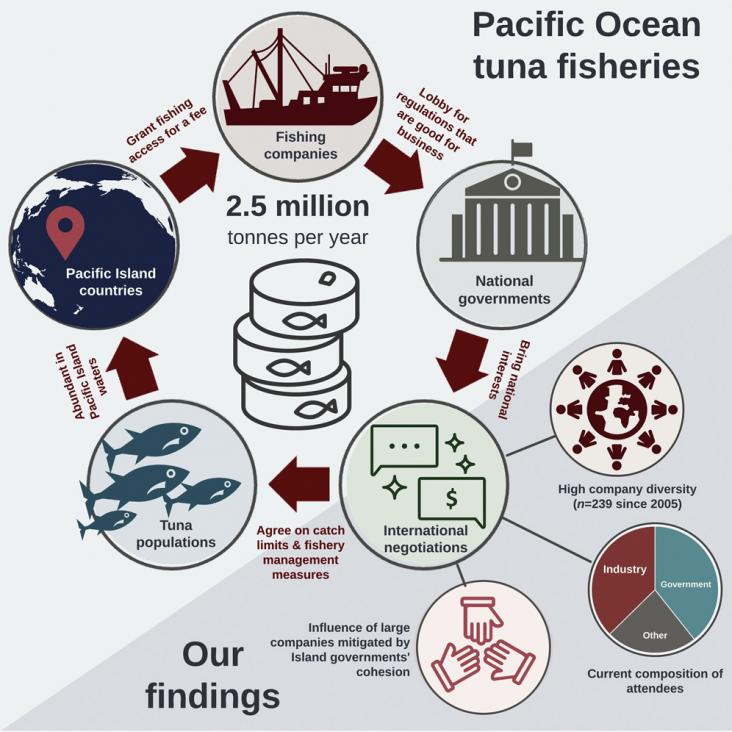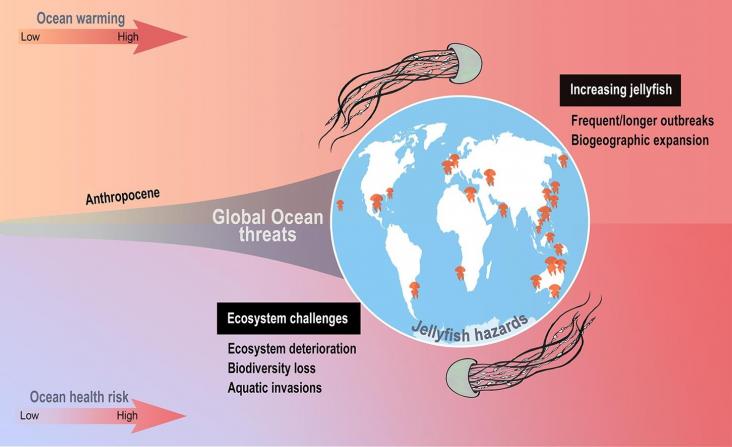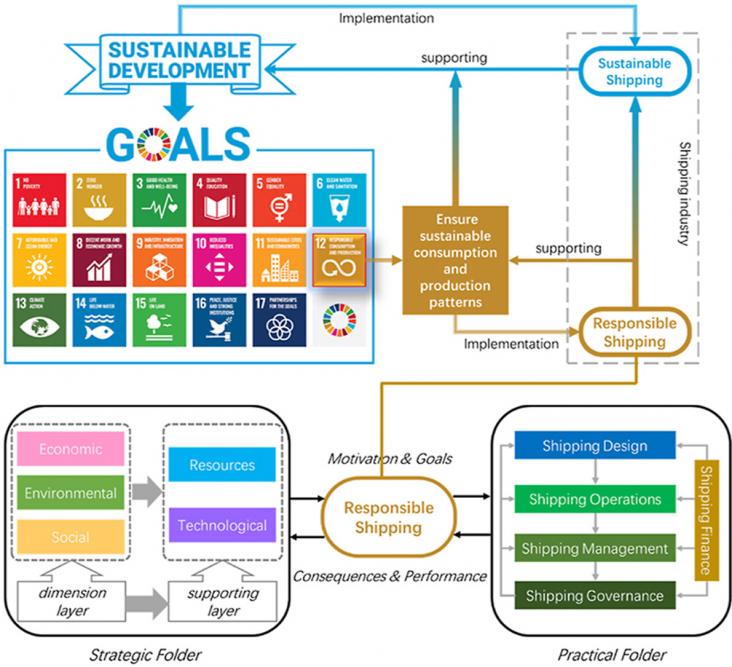We observe the link between Artificial Intelligence (AI) and Sustainable Development Goals (SDGs). We use automated methodologies to find insights and overlaps between AI and the SDGs. AI-Ethics frameworks need to give more attention to Society and Environment areas. Inclusive action is needed to balance the efforts for solving SDGs by using AI.SDGs 13, 14, and 15 (all related to the Environment area) are not sufficiently addressed.
This paper provides first assessment of nutrient contents in whale faeces prior to their dissolution in seawater, which has overcome the challenges associated with getting reliable estimations of elemental nutrients from whale faeces. By combining measured faecal nutrient concentrations with the best available prey-consumption and prey-assimilation estimates, we calculated the expected contribution of minke whale faeces to nutrient pools in surface waters during summer.
This chapter aligns with Goal 14: Life Below Water and Goal 3: Good Health and Wellbeing by highlighting some of the many beneficial pharmaceutical applications of marine algae bromophenols.
This chapter aligns with Goal 14: Life Below Water and Goal 15: Life on Land by describing the global tectonic processes that form mid-ocean ridges and critical seafloor habitat.

This article focuses on a key industry in ocean governance - tuna fishery - to examine how companies and governments relationship in international fishery negotiations can influence the governance of tuna fishery industry.

This is an Opinion article by two highly accomplished synthetic biologists that explains how synthetic biology tools can benefit oceans.

As growing coastal societies and projected high population densities predict a larger demand for marine ecosystem services in the future, jellyfish may affect the fulfillment of such needs, thus becoming prominent players in provisioning, cultural, and supporting services. Hence, our results advocate for their inclusion in multidisciplinary research beyond regional scales and call for investing in this group through systematic surveys.

Offers practical insights to guide shipping industry managers to introduce environmentally responsible and sustainable practices.
Elsevier,
Pierre Boissery, Philippe Lenfant, Gilles Lecaillon, Anaïs Gudefin, Sebastien Fonbonne, Mohamed Selfati, Najib El Ouamari, Robert Brunet, Free Espinosa, Hocein Bazairi, Chapter 7 - The ecological restoration: A way forward the conservation of marine biodiversity, Editor(s): Free Espinosa,
Coastal Habitat Conservation, Academic Press, 2023, Pages 171-191, ISBN 9780323856133
This content aligns with Goal 14: Life under Water by stressing the import of ecological restoration to preserve marine biodiversity.
Advocates and justifies a specific maritime policy that would protect marine biodiversity in the Mediterranean.
